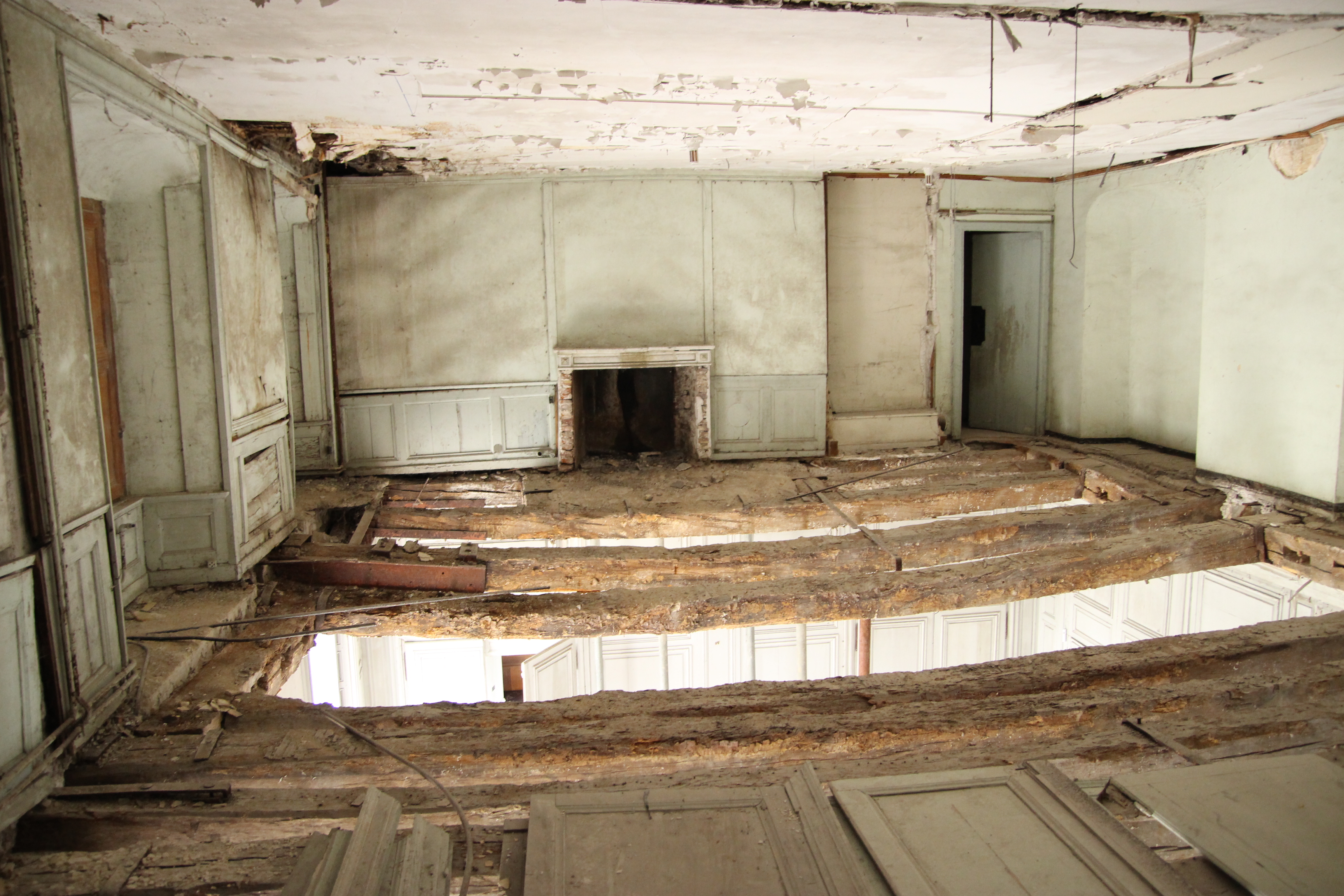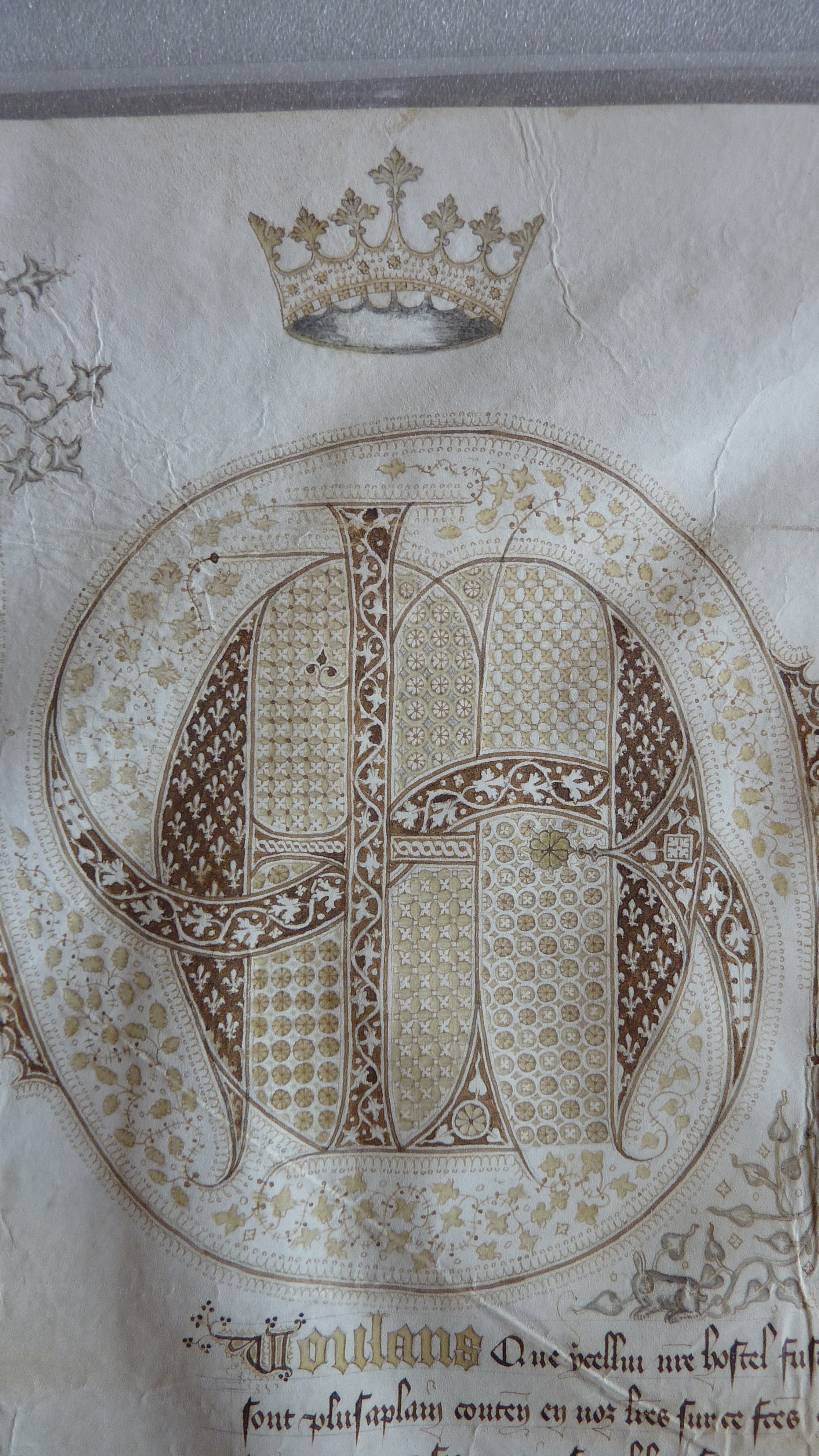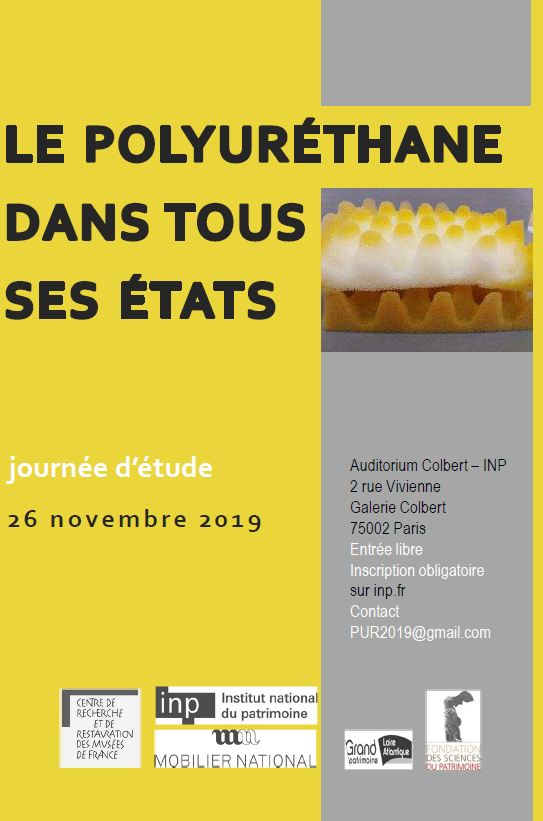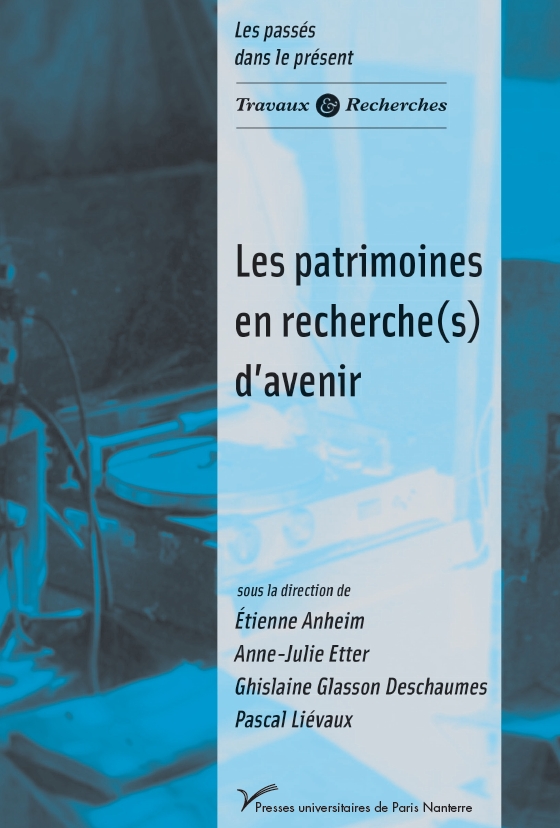Auteur/autrice : Emmanuel Poirault
Résumé :
Les champignons capables de dégrader le bois sont les principaux organismes permettant un recyclage du bois dans la nature. Leur développement dans le bâtiment peut être la cause de dégâts importants et est d’autant plus problématique lorsque ces champignons se développent dans des bâtiments historiques ou chaque élément présent a une valeur historique. La lutte contre ces champignons lignivores se fait principalement par l’utilisation de fongicides pouvant se révéler être toxiques pour l’Homme ainsi que l’environnement.
L’objectif de ces travaux a été d’appréhender la diversité fongique présente dans deux bâtiments historiques présentant des degrés de contamination fongique et de biodégradation du bois différents au moyen de plusieurs techniques analytiques, d’optimiser un protocole d’identification fongique à l’aide de la spectroscopie infra-rouge à transformée de Fourier couplée à un outil d’analyse statistique en vue de compléter l’éventail de techniques pouvant être employées afin d’évaluer la diversité fongique et d’initier le développement de traitements alternatifs permettant de lutter contre les champignons lignivores. Pour les bâtiments étudiés, une forte diversité fongique a été observée, et les principaux agents responsables de la biodégradation du bois ont été identifiés. La description de la diversité fongique a permis d’avoir un premier aperçu des interactions impliquées entre les champignons lors de la colonisation du bois dans le bâtiment. L’analyse d’isolats fongiques par spectroscopie infra-rouge après croissance dans des conditions standardisées s’est révélée permettre une discrimination entre différentes espèces et entre des souches appartenant à une même espèce. Différentes stratégies de biocontrôle mettant en œuvre une souche fongique, une souche bactérienne ou des huiles essentielles ont montré un grand potentiel pour ce type d’approche afin de lutter contre des champignons lignivores.
Composition du jury :
– Pr. Philippe Gérardin Laboratoire LERMAB Université de Lorraine, Nancy, rapporteur.
– Pr. Laura Bruno Laboratory of Biology of algae, University of Roma Tor Vergata, Italy, rapporteur.
– Pr. Christine Roques, Université de Toulouse, UPS, LGC (Laboratoire de Génie Chimique) examinateur.
– Dr. Faisl Bousta LRMH Ministère de la culture et de la communication, co-encadrant
– Dr. Agnès Mihajlovski Laboratoire ERRMECe Université de Cergy-Pontoise co-encadrant.
– Pr. Patrick Di Martino Laboratoire ERRMECe Université de Cergy-Pontoise, Directeur de thèse.

Résumé :
Centrée sur le règne des trois premiers Valois (1328-1380), cette thèse a pour objectif d’étudier la construction, le fonctionnement et les pratiques du groupe social formé par les notaires et secrétaires exerçant à la chancellerie royale française. Elle se fonde pour cela sur l’examen combiné de leurs pratiques scripturales et de leurs parcours. Ce travail s’appuie sur l’étude de l’intégralité des registres de chancellerie de Philippe VI, Jean le Bon et Charles V. Sujets d’une archéologie textuelle, ces documents sont considérés comme des unités de sens composées de plusieurs strates d’actions humaines s’échelonnant de leur création au XIXe siècle. Une étude comparative avec les registres du Parlement civil contemporains est menée dans le but de déterminer s’il existe, au sein de l’administration royale, un ou plusieurs arts du registre. Les mentions extra sigillum, la signature et les sceaux personnels de plusieurs notaires et secrétaires sont également analysées. Ces marqueurs personnels nous donnent accès tant à des pratiques administratives qu’à l’expression d’une individualité. En pleine expansion sous les trois premiers Valois, l’ornementation des chartes et des registres est également l’objet d’une étude. Pratique connexes aux deux genres documentaires, elle développe une rhétorique visuelle dans le temps long. Les parcours d’une vingtaine de notaires et secrétaires royaux sont enfin appréhendés afin de mettre en évidence les caractéristiques et points de cohésion de ce groupe professionnel devenu communauté confraternelle suite à la création de leur confrérie en mars 1351.
Composition du jury :
Pierre Chastang, Université de Versailles-Saint-Quentin-en-Yvelines, Directeur de thèse
Ghislain Brunel, Archives nationales, Co-directeur de thèse
Elisabeth Lalou, Université de Rouen, Rapporteur
Valérie Theis, Ecole normale supérieure (Ulm),
Rapporteur Catherine Kikuchi, Université de Versailles-Saint-Quentin-en-Yvelines, Examinateur
Patrick Boucheron, Collège de France, Examinateur





